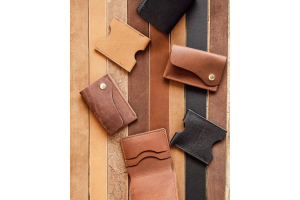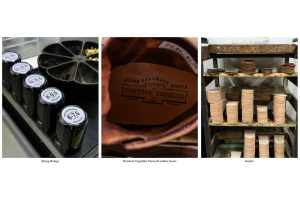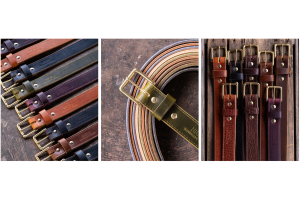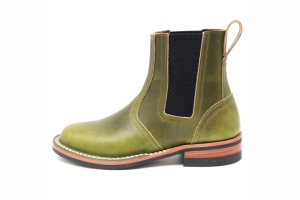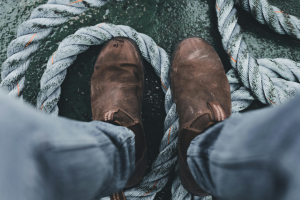The Best Way To Clean Waxed Canvas: Simple Tips For Long-Lasting Gear
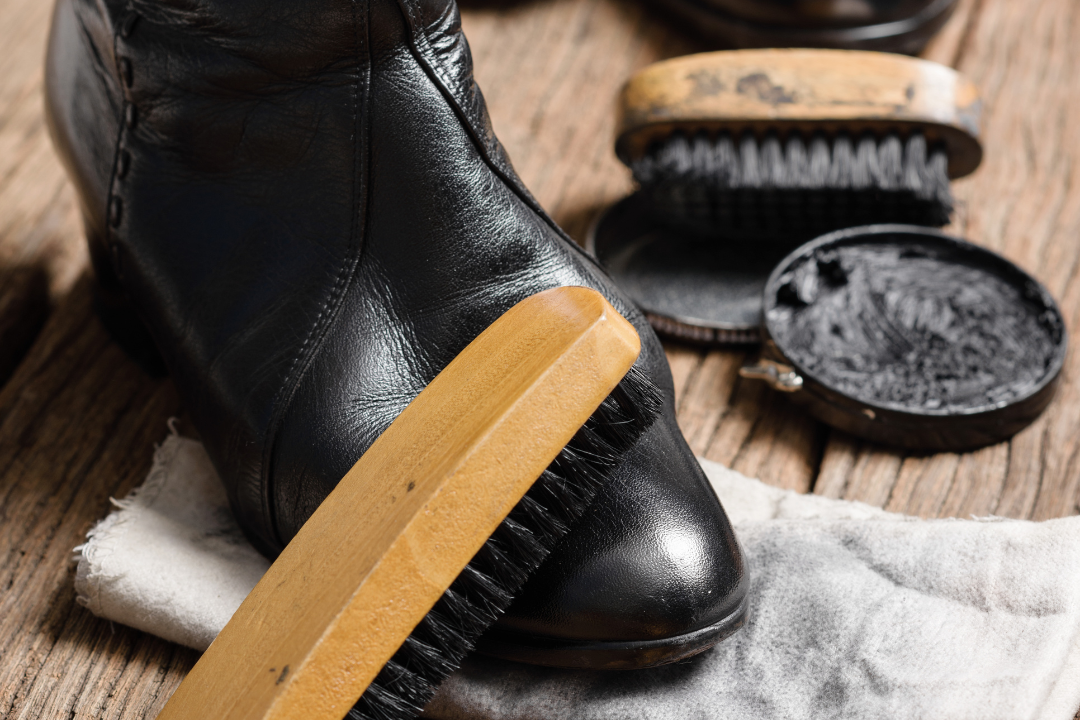
Key Takeaways:
- Material Sensitivity: Waxed canvas requires cold water and gentle cleaning—harsh soaps or heat will damage its water-resistant finish.
- Maintenance Frequency: Light cleaning every few months and occasional re-waxing will keep gear in peak condition, especially with regular use.
- Long-Term Value: Proper care supports the long lifespan of waxed canvas products, aligning with Nicks’ commitment to durable, investment-grade gear.
At Nicks Boots, we’ve spent decades crafting some of the toughest, most trusted boots and gear in the world—by hand, right here in Spokane, Washington. Built from full grain leather and premium materials, our products are made to work hard, age well, and outlast expectations. Whether you’re logging hours on the job or putting in miles on the trail, our gear is built for those who demand durability without compromise.
But quality doesn’t stop at the stitching—it extends to every material we choose. Waxed canvas is one of those materials. Rugged, time-tested, and naturally weather-resistant, it’s a staple in field bags, tool rolls, and accessories made for real-world use. Like leather, it develops character over time—but only if you care for it properly. The wax coating that protects it from the elements can wear down, and with the wrong cleaning methods, that protection—and the fabric itself—can break down faster than it should.
In this piece, we’ll be discussing the best way to clean waxed canvas—using simple techniques that protect the fabric, maintain its weather resistance, and ensure your gear keeps performing for the long haul.
Why Waxed Canvas Needs Special Care
Waxed canvas isn’t just rugged—it’s built for longevity. That’s why it’s long been the material of choice for outdoor gear, workwear, and field bags. But like full grain leather, waxed canvas performs best when it’s properly cared for. The wax coating gives it water resistance and durability, but also means it reacts differently than synthetic fabrics when exposed to dirt, moisture, and heat.
Unlike machine-washable materials, waxed canvas requires a more intentional approach. Cleaning it the wrong way can strip away the wax layer, compromise its weather resistance, or even cause permanent damage to the fabric. That’s why taking a few extra steps to clean it correctly makes all the difference—especially when your gear is an investment built to last, like the boots, bags, and accessories we make at Nicks.
Proper care not only keeps your waxed canvas looking good—it preserves the integrity of the fabric for the long haul.
When your gear is built by hand, using full grain leather and waxed canvas, it’s made to last—and made to be maintained. Nicks Boots delivers uncompromising quality for those who expect more from their boots, bags, and everyday tools.
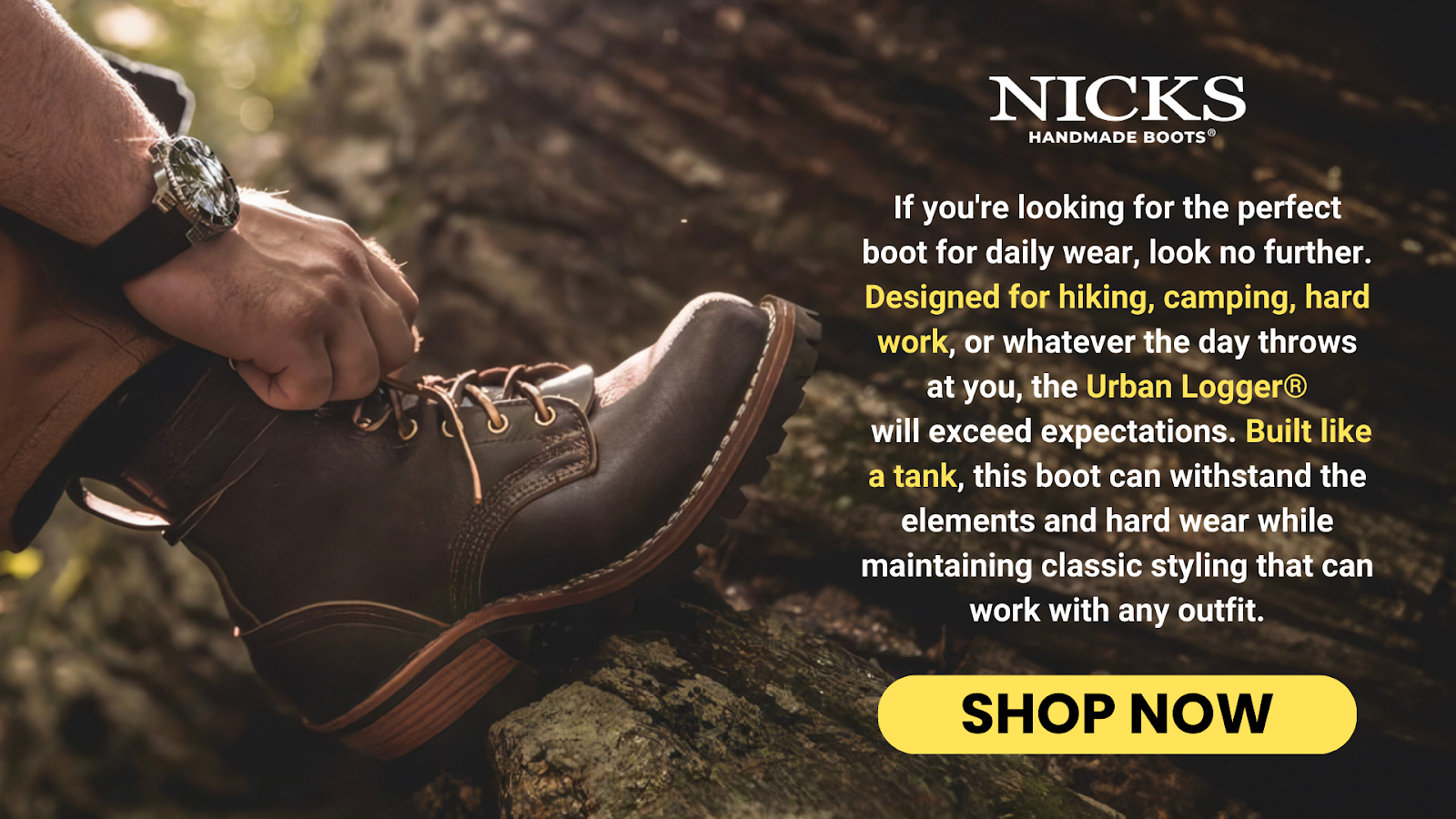

What You’ll Need To Clean Waxed Canvas
Before you start cleaning, it’s important to gather the right tools. Since waxed canvas needs a gentle touch, you won’t need anything high-tech or harsh—just a few essentials that help remove dirt without stripping away the protective wax.
Here’s what you’ll need:
- Soft-bristle brush or dry cloth – For brushing off surface dirt and debris.
- Cold water – Never use hot water, which can melt or remove the wax finish.
- Mild soap (optional) – A small amount of gentle, non-detergent soap like castile soap, only if needed for spot cleaning.
- Sponge or clean rag – For wiping down areas with more stubborn dirt.
- Airflow for drying – A well-ventilated area is key. Never use heat to dry waxed canvas.
- Wax (for reproofing) – If the canvas starts to look dry or patchy after cleaning, a touch-up with canvas wax may be in order.
Keeping things simple and natural goes a long way. Harsh cleaners and scrubbing can wear down the fabric and ruin the wax layer—so resist the urge to overdo it.
Step-by-Step: How To Clean Waxed Canvas Properly
Cleaning waxed canvas isn’t complicated, but the key is to treat it gently and avoid anything that could compromise the wax coating. Here’s how to get your gear clean while keeping it tough and weather-ready.
Brush Off Loose Dirt
Use a soft-bristle brush or a dry, clean cloth to gently sweep away surface dust, dirt, or mud. Focus on seams, creases, and corners where debris tends to collect. This quick step helps prevent grime from grinding into the fabric during the deeper cleaning process.
Spot Clean With Cold Water
Dampen a sponge or cloth with cold water—not warm or hot—and blot any dirty spots. You’re not trying to soak the fabric, just lift the grime from the surface. Patience is key here; waxed canvas is naturally water-resistant, so working slowly will give the water time to help lift the dirt.
Use Mild Soap Sparingly (If Needed)
If cold water alone doesn’t do the trick, you can add a drop of mild, non-detergent soap like castile soap to the cloth. Work it gently into the stained area using a circular motion, then immediately wipe away with a clean, damp cloth. Soap can break down the wax over time, so only use it when absolutely necessary—and rinse thoroughly.
Let It Air Dry
Once clean, allow the item to air dry in a cool, shaded space with good airflow. Avoid using a clothes dryer, hairdryer, or placing it near a heater—heat can melt the wax and weaken the canvas. Depending on the thickness of the material, drying may take a few hours to a full day.
Re-Wax If Necessary
After drying, inspect the canvas for faded or uneven areas where the wax may have worn away. If you notice dull, dry-looking spots, it’s a good idea to apply a touch-up with quality canvas wax. Reproofing restores the fabric’s water resistance and extends the lifespan of your gear—just like conditioning full grain leather keeps your boots going strong.
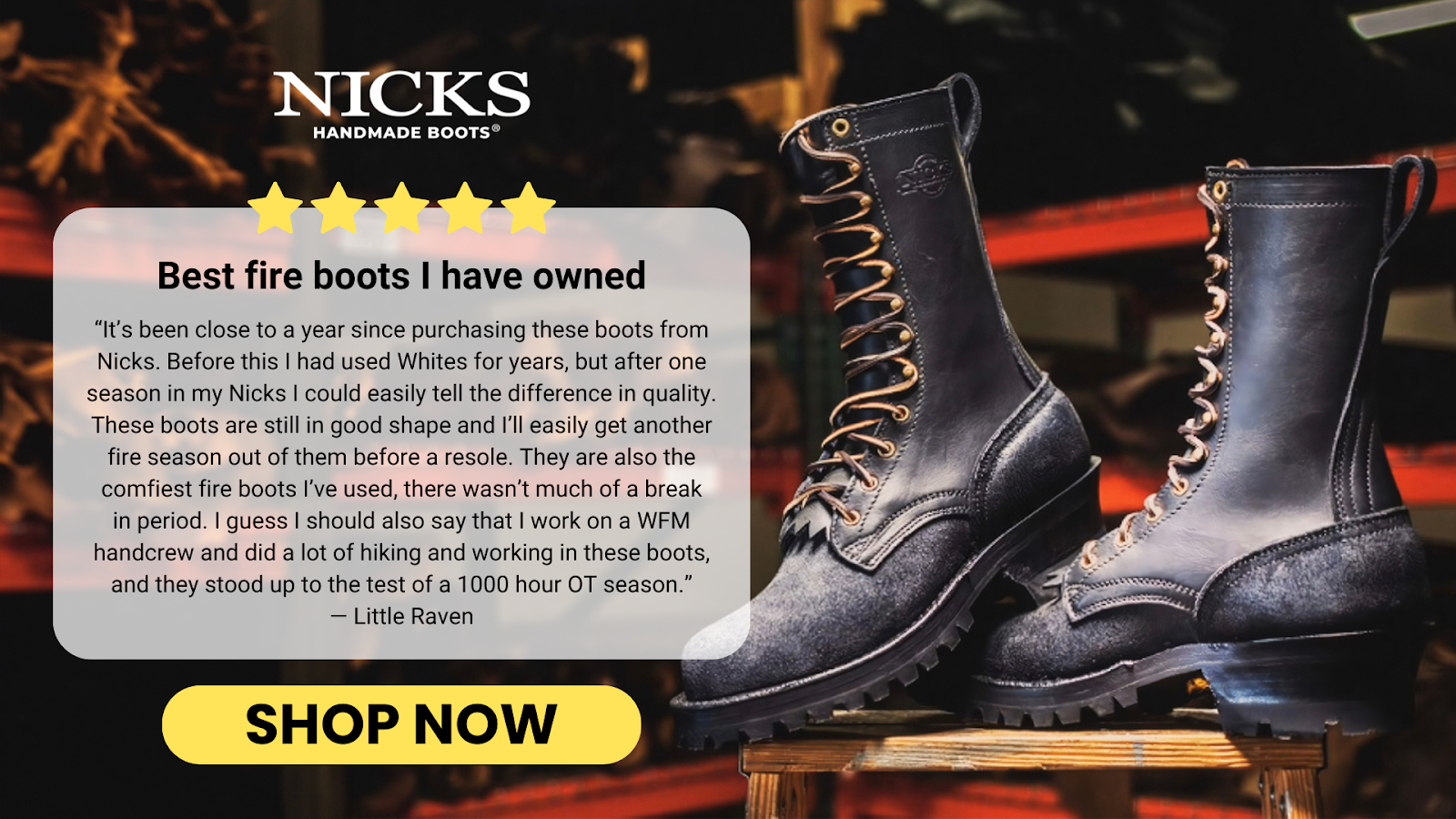

What To Avoid When Cleaning Waxed Canvas
aking care of waxed canvas means knowing what not to do. A few common cleaning mistakes can seriously shorten the life of your gear—or ruin it altogether. Here's what to avoid if you want to keep your canvas looking sharp and performing well.
Avoid Machine Washing Or Dry Cleaning
Waxed canvas should never go into a washing machine or be dry cleaned. The agitation and chemicals will strip away the wax coating and damage the fabric’s structure. Even one cycle can ruin the canvas’s water resistance and rugged texture permanently.
Avoid Hot Water And Harsh Soaps
Hot water may seem like a good idea for stains, but it melts the wax and weakens the protective layer. Similarly, harsh detergents, bleach, or heavy-duty soaps can degrade the canvas and pull out its natural oils. Stick to cold water and mild, non-detergent soap only when absolutely necessary.
Avoid Scrubbing Too Hard
Scrubbing might feel satisfying, but aggressive cleaning wears down both the canvas and the wax layer. Always use a soft cloth or brush with light pressure to protect the fabric. A gentler touch preserves both appearance and performance over time.
Avoid Heat When Drying
It might be tempting to speed up drying, but heat sources like radiators, dryers, or direct sunlight can damage the fabric and cause the wax to crack or melt unevenly. Always air dry in a shaded, well-ventilated area. Let patience protect your gear.
How Often Should You Clean And Re-Wax?
How often you clean and re-wax your waxed canvas depends on how hard you put it to work. If you’re using it daily in rough or wet conditions—say, a field bag or tool roll—you’ll likely need to clean it every few months and re-wax once or twice a year. For more occasional use, a once-a-year check-in may be all it needs.
Regular inspection is key. Look for dry patches, fading, or areas that no longer repel water. If water stops beading on the surface, that’s your cue—it’s time to re-wax.
Think of re-waxing as a tune-up for your gear. Just like conditioning full grain leather keeps your boots soft, strong, and weather-ready, re-waxing keeps canvas gear performing at its best. A few minutes of maintenance now saves you from early wear and tear down the line.
Why Durability Starts With Proper Maintenance
At Nicks, we believe quality gear should be built to last—and that includes more than just craftsmanship. The long life of waxed canvas depends not only on the way it’s made, but on how it’s cared for. Just like full grain leather boots that break in beautifully over time, waxed canvas improves with age—if you treat it right.
Regular maintenance prevents small issues from becoming big problems. Dirt buildup, water damage, or neglected waxing can all shorten the life of your gear. But a little effort—brushing it down, cleaning it carefully, and reproofing when needed—helps your canvas stay tough, good-looking, and functional for years to come.
Proper care doesn’t just protect your investment. It reflects the same mindset behind everything we make at Nicks: Take care of what you value, and it will take care of you.
Designed in collaboration with Heat Straps and made for those who work in the real world, the UpperDucker is an all-leather boot with zero fluff and total function. With its aggressive sole, rubber rand, and rugged profile, this build is perfect for wet, demanding conditions—without sacrificing the heritage quality you expect from Nicks.
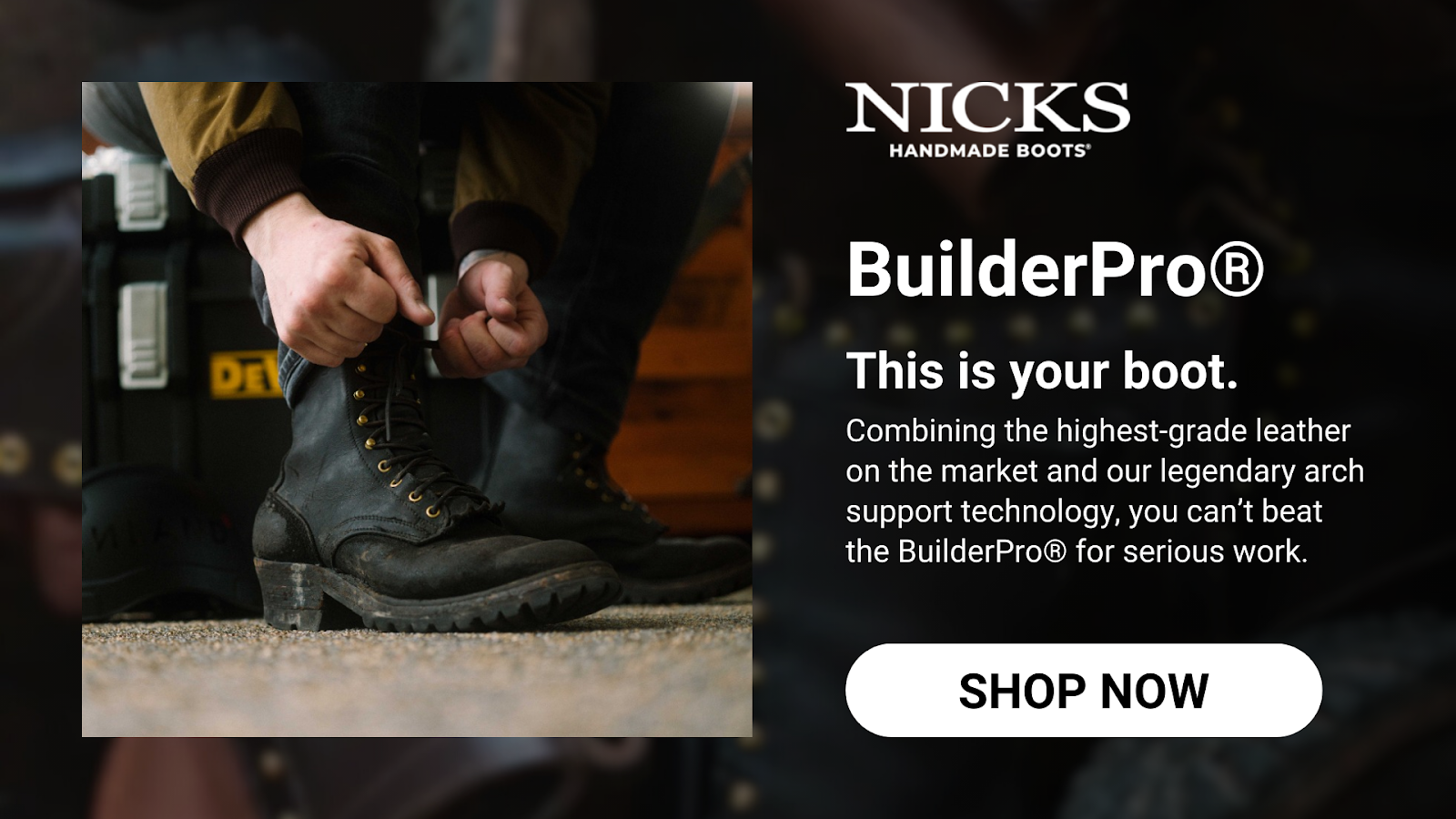

Final Thoughts
Waxed canvas is built to go the distance—but only if you give it the care it deserves. Whether it's your go-to field bag, a rugged apron, or any piece of trusted gear, a simple maintenance routine will keep it functional and looking sharp for years to come.
At Nicks, we understand that quality materials are an investment. That’s why we craft everything—from our full grain leather boots to durable waxed canvas accessories—with longevity in mind. Take the time to clean, dry, and re-wax when needed, and your gear will keep showing up, day after day—just like you do.
Read also:
Frequently Asked Questions About The Best Way To Clean Waxed Canvas
Can I use vinegar or baking soda to clean waxed canvas?
No. Both vinegar and baking soda are too harsh for waxed canvas and can degrade the wax layer, leading to a loss of water resistance and fabric integrity.
What’s the best way to store waxed canvas items after cleaning?
Store them in a cool, dry place out of direct sunlight. Avoid sealed plastic containers, as they can trap moisture and encourage mildew.
Can I use a leather conditioner on waxed canvas if it looks dry?
No—leather conditioner is formulated for full grain leather, not fabric. For waxed canvas, only use reproofing waxes specifically made for it.
What type of wax should I use to re-wax canvas gear?
Use a canvas-specific reproofing wax, such as beeswax-based blends or waxes made for outdoor fabrics. Avoid petroleum-based products unless specified by the brand.
Can waxed canvas be waterproofed completely?
Waxed canvas is water-resistant but not fully waterproof. While it repels water effectively, prolonged exposure to heavy rain or immersion can lead to saturation.
Why does my waxed canvas feel stiff after re-waxing?
This is normal. The stiffness softens with use, body heat, and movement. If needed, you can gently warm the surface with a hairdryer to even out the wax.
Is there a difference between oilcloth and waxed canvas?
Yes. Oilcloth is treated with linseed oil and has a slick, shiny finish, while waxed canvas is coated in wax and maintains a matte, more rugged appearance.
Can I sew or repair waxed canvas at home?
Yes, but it helps to use a heavy-duty needle and thread. Waxed canvas is thick and sticky, so a walking foot or industrial machine may be needed for larger repairs.
Will waxed canvas stain clothing when new or freshly re-waxed?
It’s possible. Fresh wax can transfer to clothing in hot conditions or with friction. Let the item cure for a day or two after re-waxing before regular use.
How does waxed canvas compare to synthetic waterproof fabrics?
Waxed canvas is more breathable, natural, and age-friendly. While synthetics may offer more extreme waterproofing, they don’t match the long-term character or repairability of waxed canvas.
